Understand, prioritize and solve for future generation needs.
“Bernard Tyson looked down the road to make sure the organization was still a health care leader 10 years from now. To that end, he took particular interest in the younger employees who were part of his workforce…“I have a particular interest in the millennials right now,” he says. “I feel that part of my responsibility is to make sure that the future generation of leaders is in the pipeline, contributing in very different ways than what I went through 30 years ago when I was growing up in KP.”
The future generation department had direct access to Tyson – no hierarchy. And Vision 2025, Kaiser Permanente’s future planning project, included contributions from the organization’s future leaders. “I will tell you that having the millennials as part of that thought process is making us think very differently about the future. It’s refreshing.” Scroll to Page 4 in Article
__________________________________________________________________
I was part of a team of six employees who volunteered their time and energy to create and lead “genKP”, a business resource group (BRG) for millennial Kaiser Permanente employees. The mission of the BRG was to provide millennial employees with community, development and project opportunities across the organization.
After a year, we realized there was as much need from an organizational standpoint as there was from an employee standpoint: the BRG received an enormous number of internal leader-based requests around how to hire, engage, manage and retain millennials. Managers felt lost, leaders were worried about low retention rates, and the CEO understood the organization was not prepared to serve the workforce and healthcare member group of the future. How might we attract and engage the next generation of employees, members, and our community in a way that matters to them? We had become the main source of information and strategy for the organization.
Knowing this internal need existed - the six co-founders put together a business case for creating a department which would allow us to do this work full time. We pitched it to the CEO, who agreed to directly fund this new department.
From 2015-2019, the department lead the organization in understanding, prioritizing, and solving for future generation needs and preferences. Our work influenced the three strategic organizational pillars: workforce, consumer and care delivery. We evolved to being future generation focused (expanding beyond millennials). We delivered insights, created new ways of working and producing value. Some of the innovations we created include:
Stretch Program - matching Kaiser Permanente employees who want to professionally or personally advance themselves, with managers in need of resources.
RealTime Community - A platform for community health collaboration - an infrastructure to co-create, share audience & resources, and co-host mutually beneficial programing that amplify Community Benefit Organization efforts.
KP Incubator - an internal that would help ideas survive, succeed, and scale.
Testimonials:
“This team isn’t just pushing the boundaries for a more traditional workplace at Kaiser - they are also a team that works at a level that’s in the top % of team performance from other industries as well.” – Consulting Client
“The department’s unique contribution goes above and beyond the innovative services they provide. Hatch Group has figured out how to work differently within Kaiser Permanente - and they are spreading it across the organization.” – Executive Leadership
-
Six Co-founders
Alfonse Upshaw, Executive Lead
CEO, Bernard Tyson, Direct Report
Role: Research Director, Design Advisor -
Increasing younger employee and member populations.
Creating new ways of working that support inclusion, diversity, cost-savings and future generational needs.
Be voted “Best Place to Work.” -
How might we attract and engage the next generation of employees, members and our community in a way that matters to them?
-
1 - Increased people pipeline
2 - Increased strategic work pipeline
3 - Informed strategic priorities
4 - Created new ways of working
5 - Created new business pipeline -
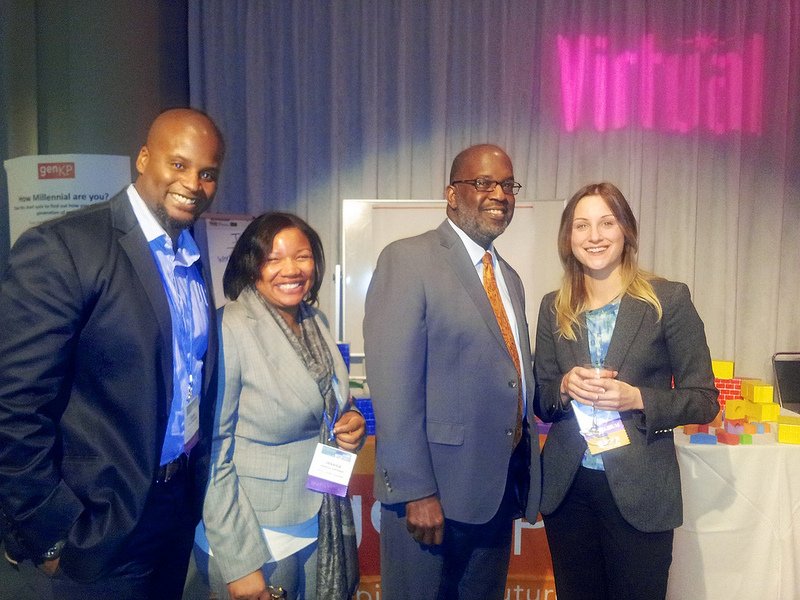
Previous KP CEO meeting genKP co-founders - the initial spark of interest in future generational insights
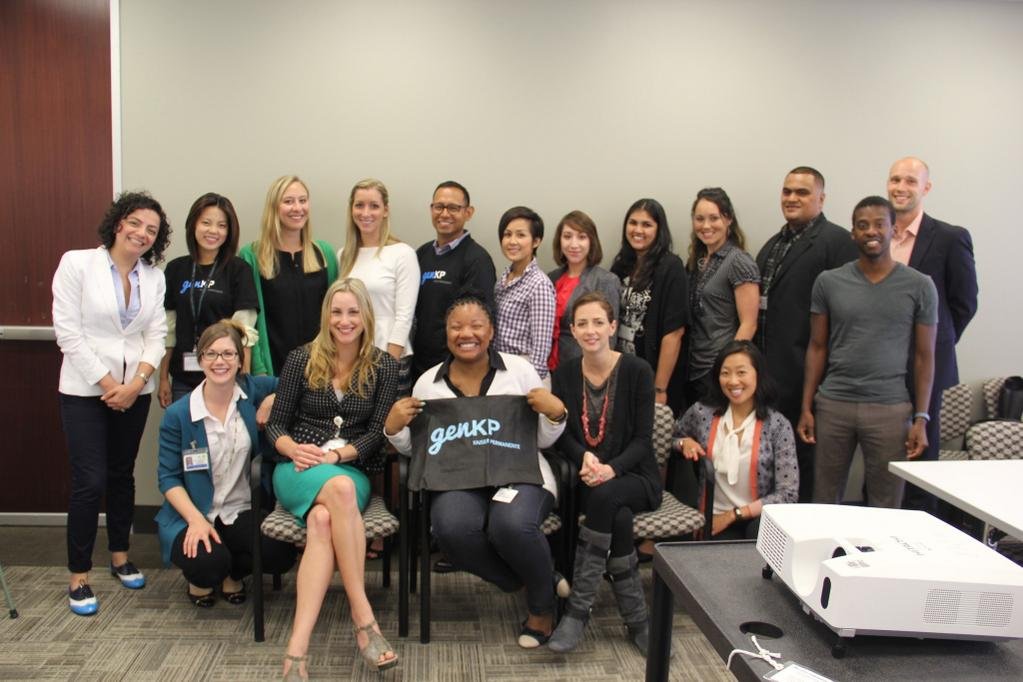
Full genKP leadership
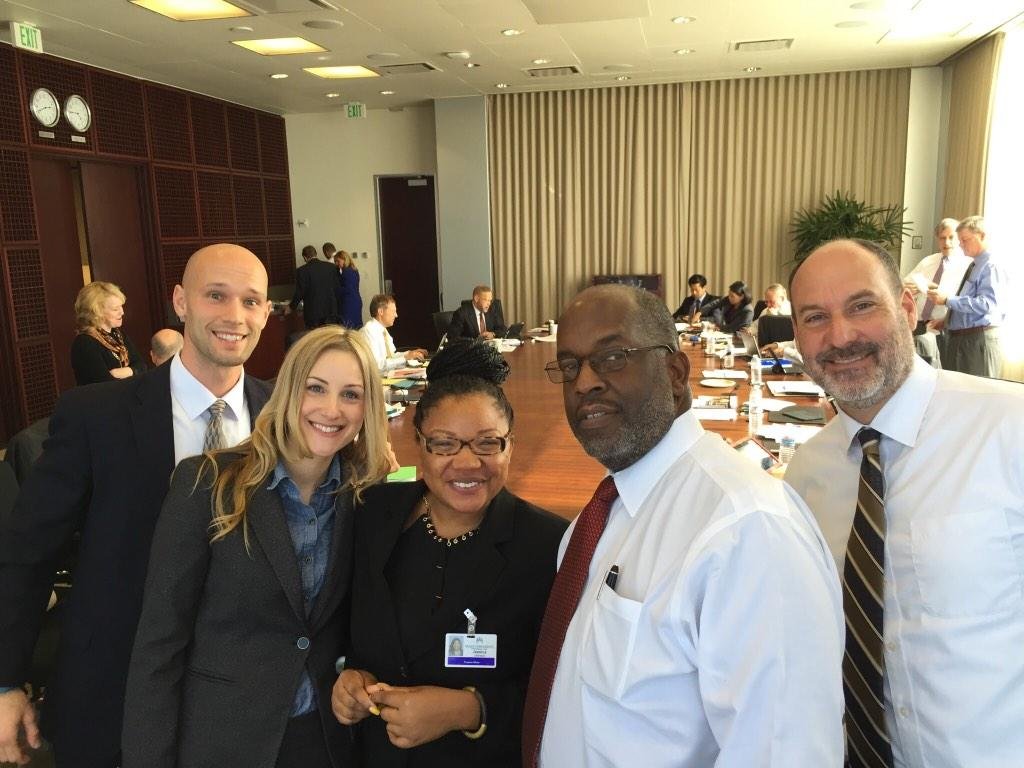
Three of six co-founders meeting with CEO to pitch department business case

Importance of future generational insights

Ongoing future generational research included various techniques
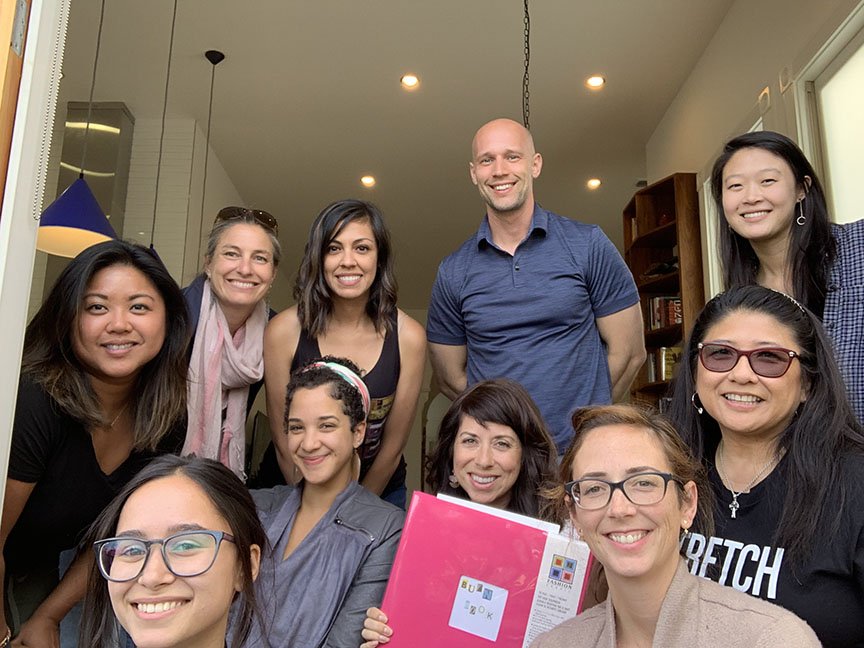
The official future gen department

The Future Workforce Conference

RealTime Community member
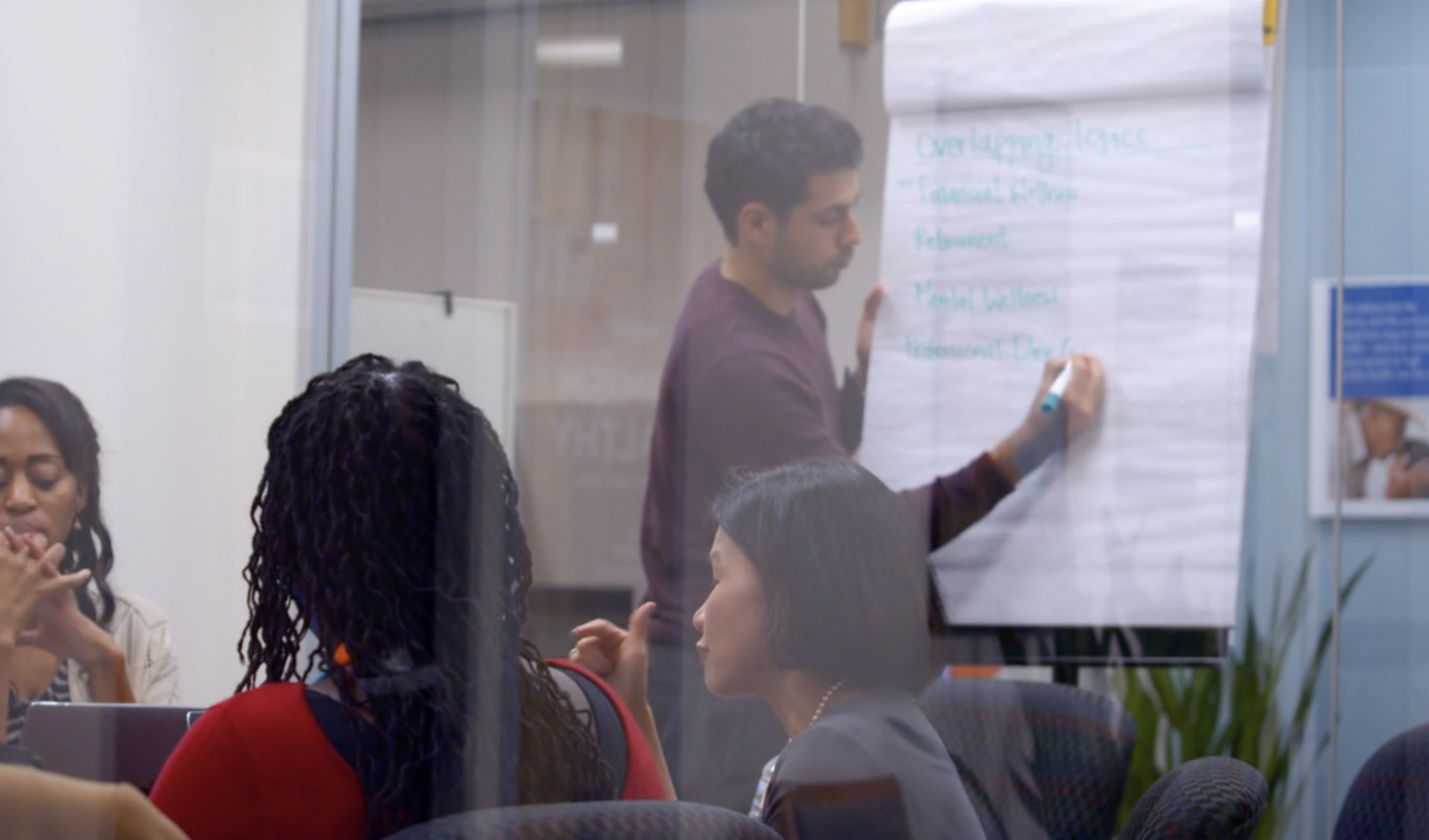
Stretch@KP Participants